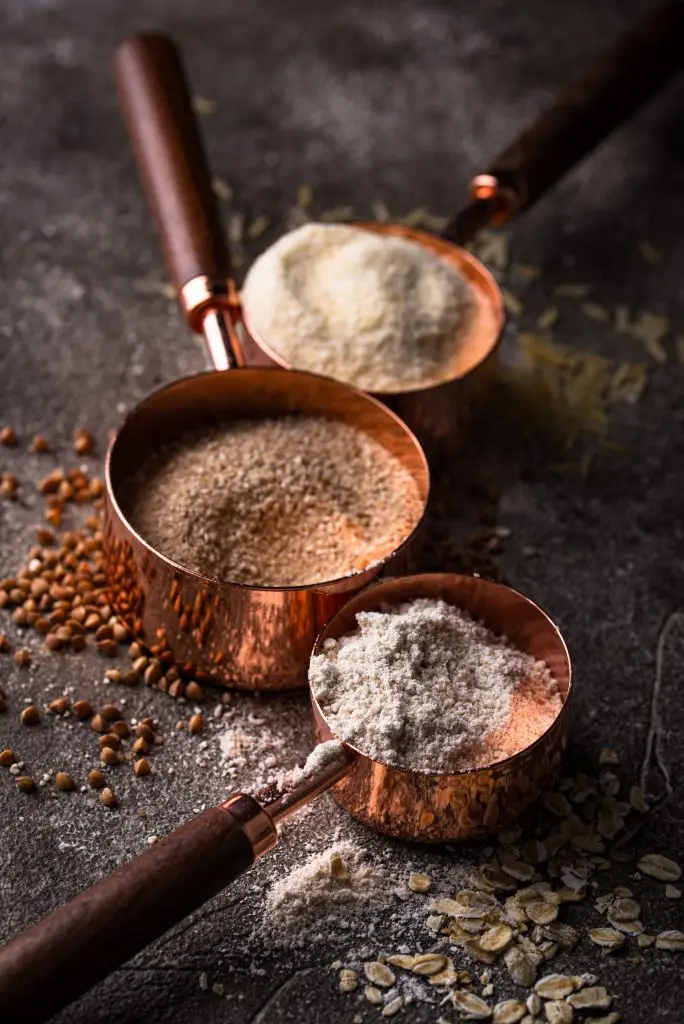If you’ve ever stood with a spice jar in one hand and a phone torch in the other hunting for the words barley malt on a label, you’re in the right place. This guide explains why some sauces quietly smuggle gluten into your BBQ, how to dodge it, and how to make rubs and marinades that are every bit as bold as the classics—without the wheat.
A short history (and a little tale from the pit)
BBQ rubs were born simple: salt to preserve, pepper for bite, and local herbs for character. Sugar arrived later as trade grew, bringing that mahogany bark we all love. Marinades travelled even further—citrus, soy, tamarind and vinegar from global pantry routes. Somewhere along the way, British bottles picked up barley malt and wheat‑based soy as cheap flavour.
My wake‑up call came at a summer cookout: ribs were singing, smoke clean and blue—then a friend mentioned they were coeliac. A quick label check and my favourite “all‑purpose” bottle turned villain. It was the barley malt. We pivoted fast: salt‑pepper ribs, lemon‑herb chicken, and a quick glaze from ketchup, tamari and honey. The feast still landed, and I learnt two things: flavour doesn’t need gluten, and labels are part of mise en place.
Get the free mini-guide (PDF)
Hidden gluten traps, safe swaps, 5 rubs + 4 marinades. We’ll email the PDF—unsubscribe anytime.
Where gluten hides in BBQ world (UK)
- Barley malt / barley malt extract: in some ketchups, brown sauces, stocks, and “steakhouse” rubs.
- Soy sauce: many standard soy sauces contain wheat. Look for tamari or certified gluten‑free soy.
- Worcestershire: some brands are GF, others include barley derivatives—always check.
- Vinegars & sauces: malt vinegar is barley‑based; safer everyday choices are cider vinegar, wine vinegar, and rice vinegar.
- Beer & stout marinades: most are not GF unless labelled as such.
- Stock cubes, bouillon, gravy granules: can contain barley or wheat.
- Cross‑contamination: spice mills used for flour, shared scoops in bulk bins, and chopping boards that saw regular breadcrumbs.
Bottom line: pick labelled gluten‑free products, and keep your rub mixing bowl, scoops, and storage jars squeaky clean.
Rubs vs marinades: what they actually do
- Rubs are dry seasonings that build bark and surface flavour. Salt draws moisture, dissolves, and helps season a few millimetres into the meat. Sugar helps browning but can burn above ~125°C.
- Marinades add acidity (citrus, vinegar), salt, and aromatics. They season the surface and just beneath it; oil carries fat‑soluble flavours and helps browning. For meats with skin (like chicken legs), a marinade followed by air‑drying gives colour without soggy skin.
Pantry swaps that keep everything gluten‑free
- Tamari (or GF soy) instead of regular soy.
- Cider, rice or wine vinegar instead of malt vinegar.
- Tomato purée/ketchup labelled GF, or passata + a pinch of sugar.
- Cornflour for light dredges; rice flour for extra crispness.
- Smoked paprika, cumin, coriander, mustard powder, pepper—naturally GF when pure.
- Sea salt or kosher‑style salt (watch anti‑caking agents only if sensitive).
Five gluten‑free rubs (with gram measures)
Each mix seasons ~2–3 kg of meat. Combine, store airtight up to 3 months.
1) All‑Purpose Sweet‑Heat (GF)
- 45 g light brown sugar
- 30 g sweet paprika
- 18 g fine sea salt
- 12 g black pepper (fresh‑ground)
- 6 g garlic granules
- 6 g onion granules
- 2 g cayenne (optional)
Great on pork shoulder, chicken, and ribs. For hotter pits, cut sugar by a third.
2) Texas‑Lean Beef Rub (GF)
- 24 g coarse black pepper
- 18 g fine sea salt
- 4 g garlic powder
- 2 g mustard powder (optional)
Built for short ribs and brisket where the beef and smoke do the talking.
3) Citrus‑Herb Chicken Dust (GF)
- 18 g fine sea salt
- 10 g lemon zest (dry; or 5 g citric acid for shelf‑stable tang)
- 8 g dried oregano
- 6 g garlic granules
- 4 g thyme
- 4 g black pepper
Roasts beautifully on chicken legs; finish with a squeeze of lemon.
4) Maple‑Coffee Bark Booster (GF)
- 20 g fine sea salt
- 16 g dark brown sugar
- 10 g instant coffee (GF)
- 8 g sweet paprika
- 4 g cocoa powder (unsweetened)
- 2 g black pepper
- 1 g cinnamon
Think pork belly burnt ends or beef chuck for tacos—deep colour, not sweet‑shop candy.
5) Salmon Citrus Pepper (GF)
- 12 g sea salt
- 8 g black pepper
- 6 g dill (dried)
- 4 g garlic granules
- 4 g lemon zest (dry)
- 2 g sugar
Sprinkle lightly over a salmon side after a dry brine.
Four marinades with safe swaps
Each covers ~1.5–2 kg meat. Marinate chilled; drain well before cooking for good colour.
A) Lemon‑Herb (Chicken/Thighs) – GF
- 80 ml olive oil · 60 ml lemon juice · 2 tsp dried oregano · 1 tsp garlic · 1 tsp sea salt · pepper.
Time: 1–4 hrs. Pat chicken dry before it hits the heat for crisp skin.
B) Smoky Chipotle – GF
- 60 ml olive oil · 30 ml tamari (GF) · 20 ml cider vinegar · 1 tsp chipotle paste (GF) · 1 tsp brown sugar.
Time: 1–2 hrs chicken; 30–60 mins salmon.
C) Sticky Rib Glaze – GF
- 3 tbsp GF ketchup · 2 tbsp tamari · 2 tbsp honey · 1 tbsp cider vinegar · ½ tsp garlic. Simmer 2–3 mins.
Brush in the last 15 minutes so sugars don’t burn.
D) Herby Yogurt (Kebabs) – GF
- 200 g Greek yoghurt (GF) · 1 tbsp lemon juice · 1 tbsp olive oil · 2 tsp chopped mint + coriander · 1 tsp garlic · ½ tsp salt.
Time: 2–6 hrs. Wipe off excess before grilling to avoid flare‑ups.
Common pitfalls (and how to dodge them)
- Burnt sweetness: sugar in rubs darkens fast above 125°C—fine for low‑and‑slow, risky for direct heat. Use less sugar on hot cooks; glaze late.
- Wet surface = poor bark: after marinading, drain and air‑dry on a rack in the fridge 30–60 minutes.
- Hidden gluten in “smoke flavour” sauces: if it’s not certified GF, mix your own with tamari + cider vinegar + spices.
- Old spices: stale paprika and cumin taste flat—buy smaller packs and refresh each season.
- Cross‑contamination: dedicate a small jar of rub per cook; don’t dip raw‑chicken tongs back into the main pot.
Storage & scaling
Rubs love cool, dark cupboards in airtight jars. Label with the date and salt level (“low salt” vs “full salt”). For gifts, pack in 120 ml jars and add a tag: 1 tbsp per 500 g meat. Marinades are best mixed fresh; if you must prep, keep oils and acids separate and combine just before use.
Pairings & menus
- All‑Purpose Sweet‑Heat + 3–2–1 spares → classic Saturday ribs.
- Texas‑Lean on short ribs, served with pickles and slaw.
- Citrus‑Herb chicken + tray leeks & carrots for an easy GF family dinner.
- Salmon Citrus Pepper with alder smoke for a bank‑holiday crowd.
Safety note: Always probe food before eating to ensure it reaches at least X°C. See our Probe Temps guide for exact numbers.
FAQs
Is tamari always gluten‑free? Most tamari is naturally wheat‑free, but buy bottles specifically labelled gluten‑free to be safe.
Is “distilled malt vinegar” okay? Opinions differ. To keep things simple, choose cider, wine or rice vinegar and move on.
Can I just rinse supermarket marinades? If it contained gluten, rinsing won’t make it safe. Start fresh.
Do oats make a good rub base? Only if labelled GF oats and blitzed fine; they can help texture on wings.
Related: 3–2–1 ribs · Probe temps


